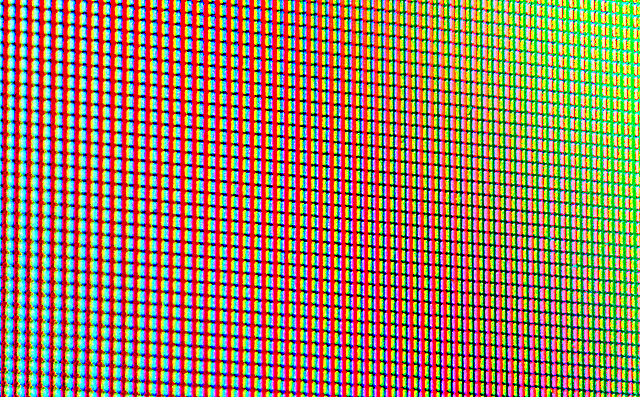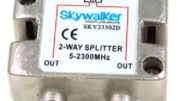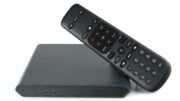Here’s a question that’s going to take a little while to answer. Seems to me we should start with some basic terms.
What is a headend anyway?
A headend is a system that allows for multiple channels to be distributed over the same wire. All the necessary cable, off-air, internet, or satellite receivers are located in one place. Using modulators, each signal is placed on just one small chunk of the overall frequencies that a coax cable can carry.
You’ve seen headends in use in hotels, where you get a handful of channels on the hotel TV. They’re also useful in businesses, private yachts, bars, restaurants, and many other commercial environment. A headend is easier to wire and maintain than putting individual receivers in rooms.
How does a TV work with a headend?
The headend itself, along with amplifiers if needed, get the signals to each room. In most cases, a TV with a cable-ready tuner connects using the TV’s built-in coax connector. These are actually required by law to be in every TV.
However, if the headend’s maker wants to protect the content it provides, the signals can be encrypted. Encrypted signals need either a special TV or a separate box to make them work.
Not only that, but because a headend is a closed system, it can use more advanced technology than most TVs support. This lets the headend show more channels. A traditional headend system can’t show more than about 100 channels because there is no room left in the frequency plan. Not only that, but if you show that many there could be a loss of quality as each channel is compressed down to fit.
Using a special TV or converter box lets headends compress signals more effectively and means better quality. It also opens the door to potentially unlimited channels.
So will you need a special TV?

Most headends don’t require a special TV. There are two systems that do. AT&T’s COM3000 and DISH’s SmartBox are both super-compact headend systems. They are about the size of an average laser printer, making it possible to fit them anywhere. These systems can deliver over 150 channels over a single wire and can work with either coaxial or Ethernet cable.
The COM3000 and Smartbox systems use special hardware to give the best possible quality. Each actually puts real satellite receivers into their systems which means the signals are pristine when they get to the television. This has made the content providers nervous.
Believe it or not, content providers think people check into hotel rooms to steal TV programs and make digital copies of them. Of course they don’t. Of course that’s silly. But that’s what they think.
In order to make these compact headends possible, both AT&T and DISH have entered into contracts saying that they will encrypt the TV content they put out. Special TVs with Pro:Idiom encryption can be used, or a Pro:Idiom converter box can also be used. The encryption can only be bypassed for test purposes by a technician.
The good news is that these special TVs don’t cost any more than other quality TV. No, they won’t compete with the TVs you get at the local Walmart. But if you’re outfitting a hotel with quality televisions designed to last 5-7 years of heavy use, you’ll find that the cost difference is pretty minimal. You just want to plan ahead in order to make sure you don’t need those converter boxes. While they aren’t expensive it’s an expense you won’t need if you plan ahead.
Need more information?
Contact the experts at Signal Connect, the corporate arm of Solid Signal, and they can help you with any questions you have about headends or any other commercial products! Call them at 888-233-7563 or, if it’s after East Coast business hours, fill out the form below. Someone will get back to you, usually within 24 hours.





